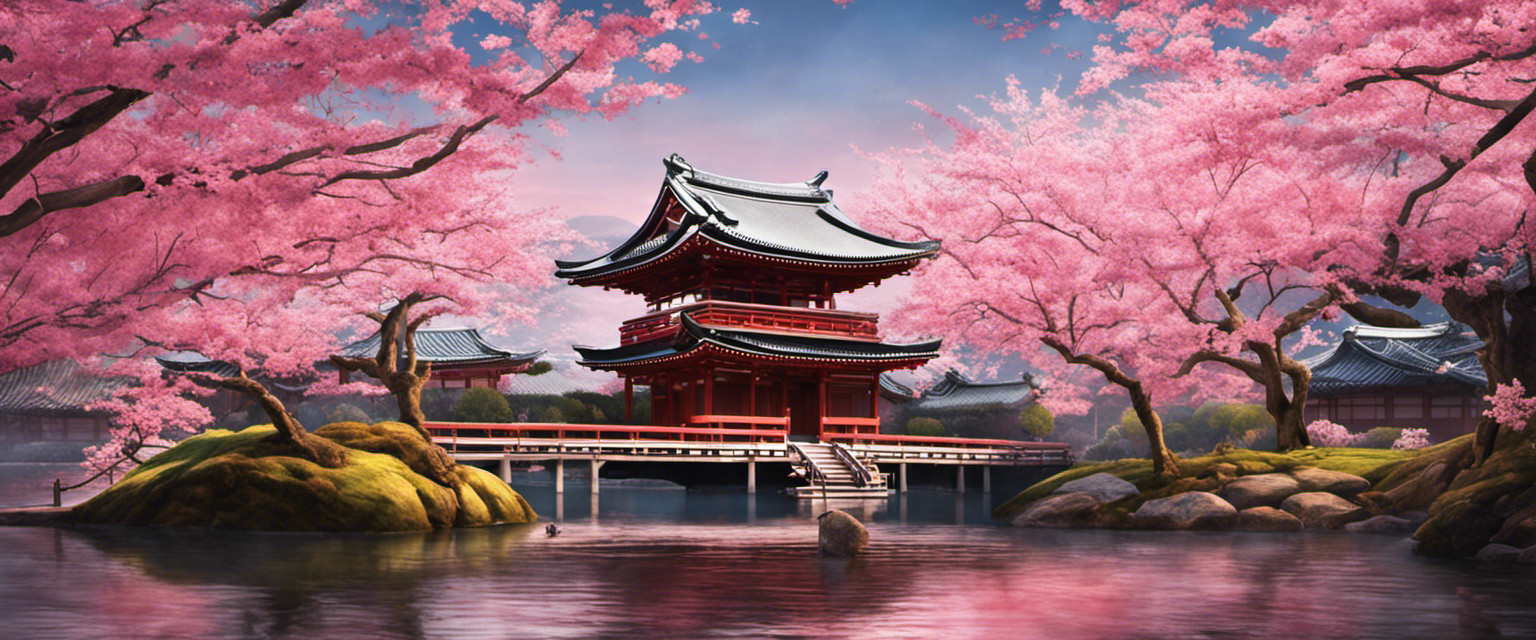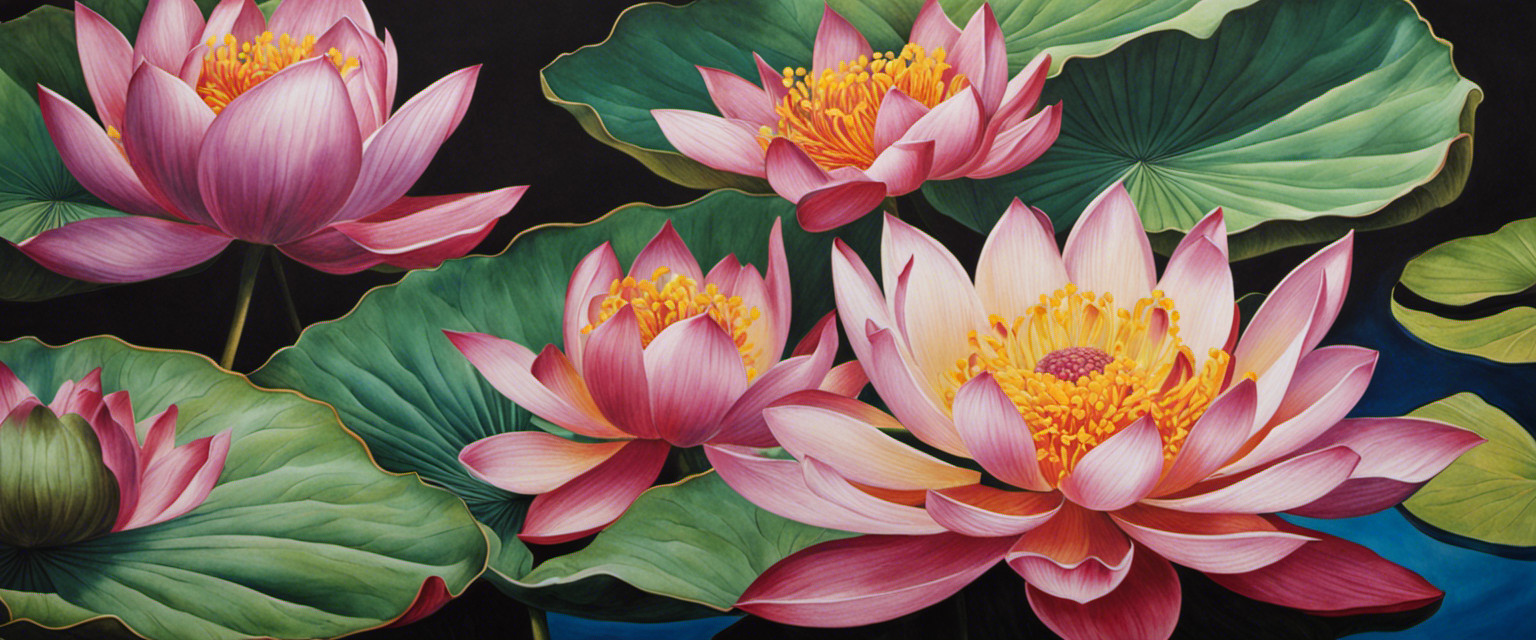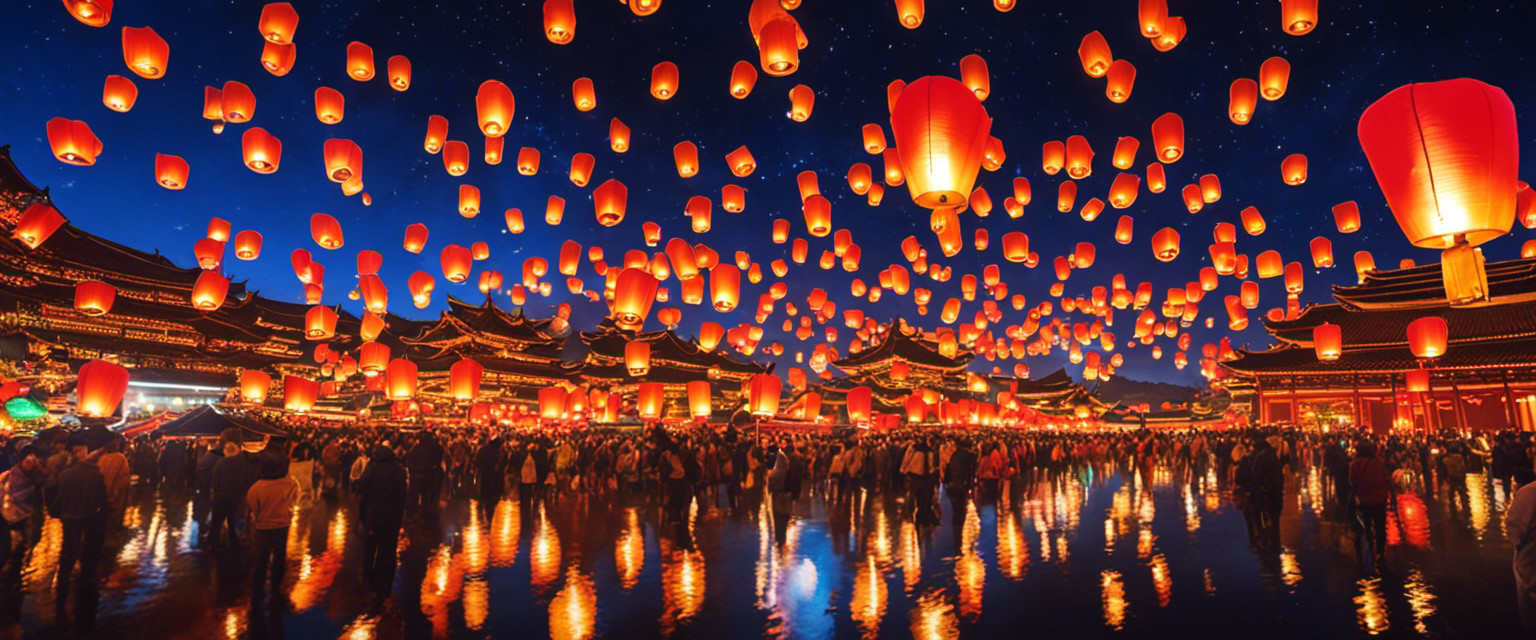This article delves into the cultural symbolism of the cherry blossom, providing an in-depth examination of its history and significance. By exploring various aspects, such as its role in traditional festivals and artistic expressions, this article aims to provide a comprehensive understanding of the cherry blossom’s cultural significance.
Additionally, practical tips for cherry blossom viewing are offered to enhance the readers‘ experience. Through detailed analysis and contextual exploration, this article seeks to satisfy the curiosity of those seeking useless knowledge about this beloved floral symbol.
Cherry Blossom History and Significance
This discussion explores the symbolism, historical origins, and evolution of cherry blossoms.
Cherry blossoms hold a significant place in many cultures, representing themes such as beauty, transience, and renewal.
The historical origins of this symbolism can be traced back to ancient Japan where cherry blossom viewing became a popular cultural tradition during the Heian period.
Over time, the meaning and representation of cherry blossoms have evolved across different societies and contexts.
Symbolism in Cherry Blossoms
Symbolism in cherry blossoms is often associated with themes such as transience, beauty, and renewal in various cultures. Beyond their botanical significance, cherry blossoms hold cultural importance as well. They are celebrated through cherry blossom festivals, which showcase the beauty and transitory nature of these delicate flowers. These festivals serve as a reminder of the fleeting nature of life and the need to appreciate moments of beauty and renewal.
Understanding the symbolism behind cherry blossoms requires exploring their historical origins and evolution.
Historical Origins and Evolution
The historical origins and evolution of cherry blossoms can be traced back to ancient civilizations and their cultural practices. Cherry blossoms have a deep historical significance, as they have been revered in various cultures for centuries.
In Japan, for example, cherry blossoms symbolize the transient nature of life and are associated with the samurai culture. Over time, the appreciation for cherry blossoms spread to other countries, becoming an integral part of their cultural traditions as well.
Main Explanation: Cultural Significance of the Cherry Blossom
One important aspect of understanding the cultural significance of the cherry blossom is exploring its deep-rooted connection to traditional Japanese aesthetics and philosophy.
The cherry blossom holds a special place in Japanese cultural traditions, symbolizing the transient nature of life and beauty.
Cherry blossom festivals are celebrated throughout Japan, where people gather under blooming trees to appreciate their delicate beauty and contemplate the ephemeral nature of existence.
These festivals serve as a manifestation of the profound connection between humans and nature in Japanese culture.
Tips for Cherry Blossom Viewing
When planning to view cherry blossoms, it is important to consider factors such as timing, location, and weather conditions. To ensure the best experience, keep in mind the following tips:
- Research cherry blossom festivals in your area
- Choose popular viewing spots for a vibrant atmosphere
- Monitor weather forecasts for optimal blooming conditions
- Arrive early or late in the day to avoid crowds
- Capture memories with photography while respecting the beauty of nature.
Considering these tips will enhance your cherry blossom viewing experience.
Final Thoughts
In conclusion, it is worth noting that the beauty and significance of cherry blossoms make them a cherished natural phenomenon across various cultures.
The cultural impact of cherry blossoms can be seen in their representation of transience, renewal, and the ephemeral nature of life. These symbolic meanings have been interpreted and reinterpreted throughout history, influencing art, literature, and popular culture.
In modern interpretations, cherry blossoms continue to evoke a sense of beauty, fragility, and hopefulness. They serve as reminders to embrace the fleeting moments of life and find solace in its impermanence.
Frequently Asked Questions
What Is the Scientific Name of the Cherry Blossom Tree?
The scientific name of the cherry blossom tree is Prunus serrulata. It belongs to the family Rosaceae and the genus Prunus. Taxonomically, it falls under the order Rosales and the class Magnoliopsida.
Are Cherry Blossoms Only Found in Japan?
Cherry blossoms are not only found in Japan. They can be found in various parts of the world, including the United States and Europe. Many countries hold cherry blossom festivals to celebrate this beautiful phenomenon.
Can Cherry Blossom Trees Be Grown in Other Parts of the World?
Growing cherry blossom trees in different climates presents challenges. The trees require specific temperature ranges and adequate sunlight to thrive. Outside of Japan, it is possible to cultivate cherry blossoms, but careful consideration of environmental factors is necessary for successful growth.
How Long Does the Cherry Blossom Season Typically Last?
The duration of the cherry blossom season varies depending on climatic conditions, with climate change potentially impacting its length. The season’s duration holds economic significance as it attracts tourists who engage in cherry blossom tourism.
Are There Any Specific Rituals or Traditions Associated With Cherry Blossom Viewing in Japan?
Cherry blossom viewing practices in Japan, commonly known as hanami, encompass various traditional rituals. These customs typically involve gathering with friends and family beneath blooming cherry trees to appreciate their beauty while enjoying food and drinks.






